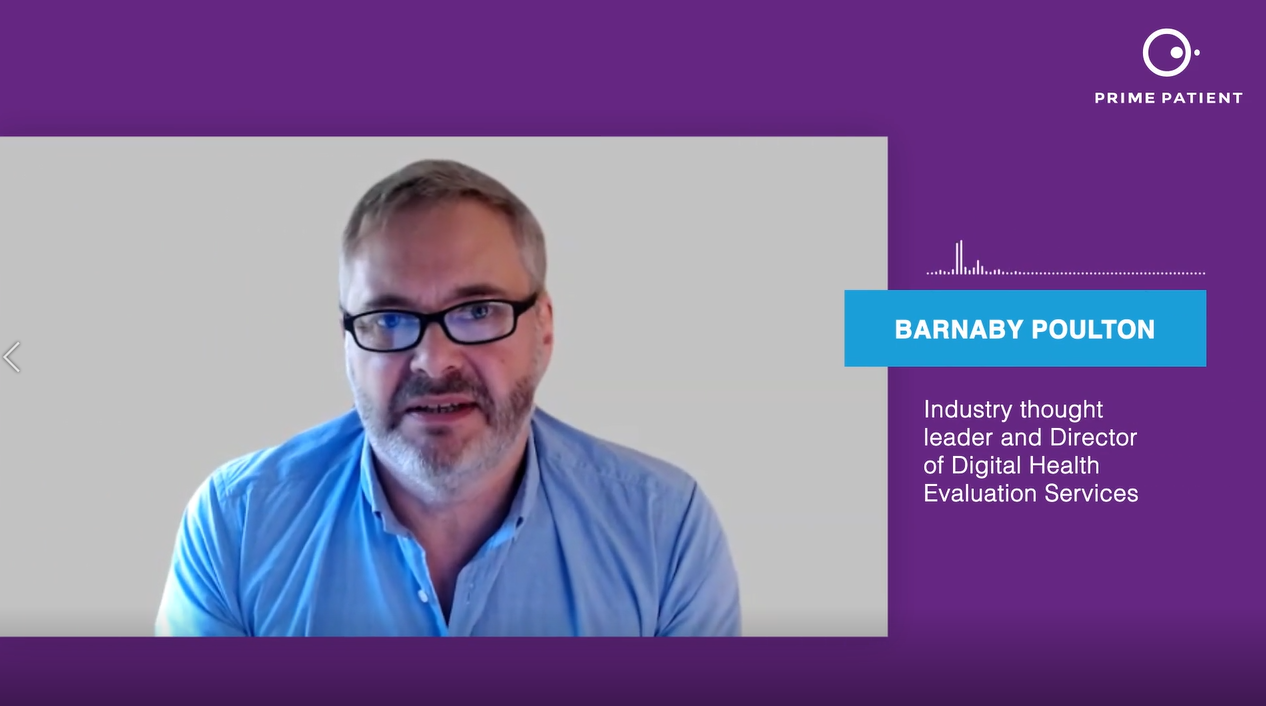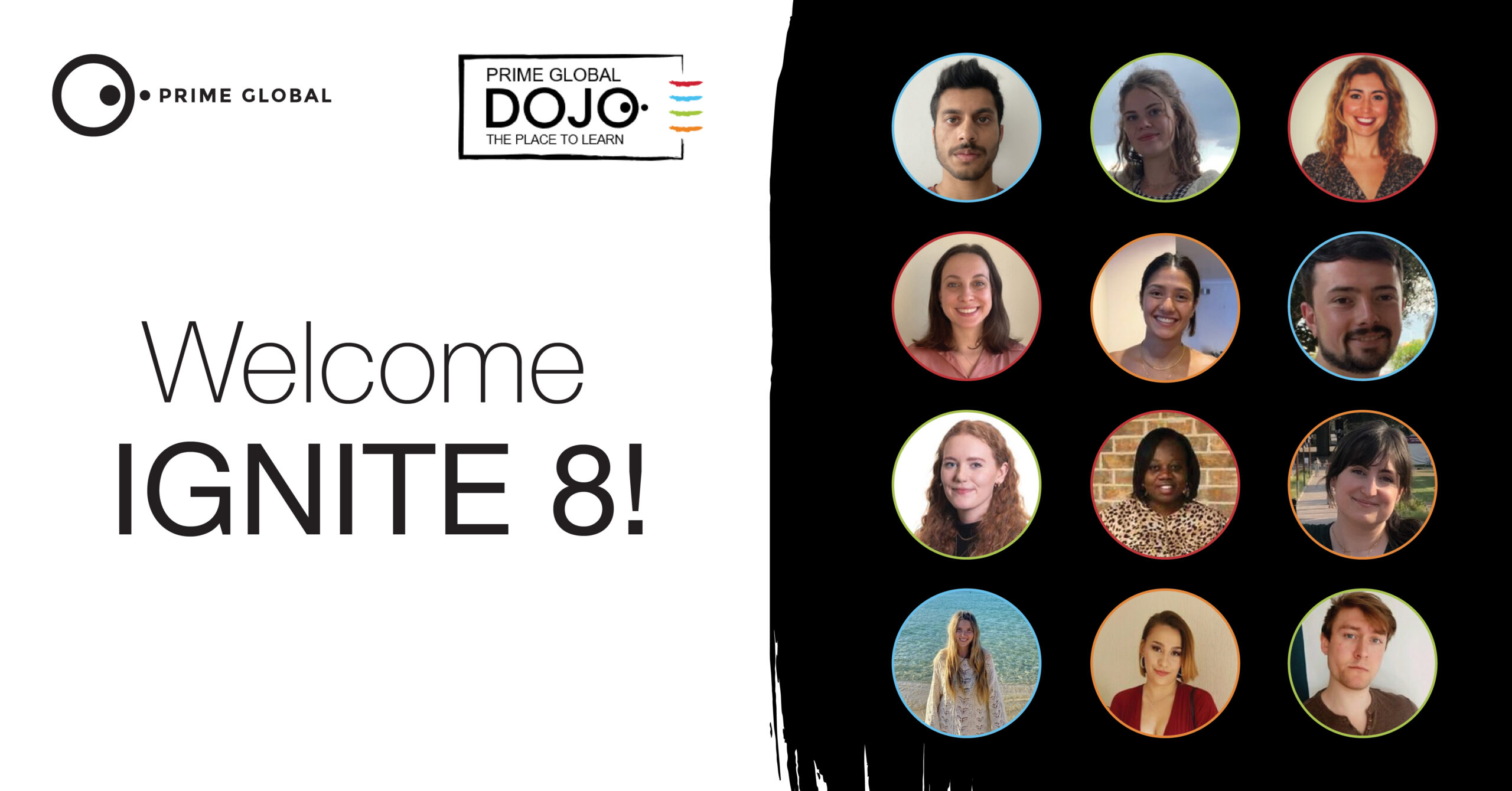We chat with Digital Health Consultant, Barnaby Poulton, about how technology can help amplify the patient voice.
Technology is the answer to how we will amplify the patient voice. In the past, patients have only had a voice during their infrequent consultations with their HCPs. In a primary care setting this may only be 10 minutes, which can be extremely limiting on them expressing their own opinions, concerns and questions as the HCP will have their own agenda for the consultation, guided by the presenting pathology. This results in the time together being lost to investigations rather than discussing what is actually important to the patient. However, technology may have the power to change all of this. The following insights featured in our exclusive interview with Barnaby, which you can view in its entirety below:
All clinicians are already taught to ask “ICE” to explore the ideas, concerns, and expectations of their patients during these short consultations to try and help with this issue. However, due to the limited time this can be forgotten or left to the last seconds of the meeting and therefore often is not adequately addressed. This is where digital interventions can play a part, says Barnaby.
Technology can revolutionise the way we use these consultations by amplifying the patient voice and altering the way they engage with clinicians. The digital world allows us to continuously collect data about our patients (relatively) unobtrusively, such as monitoring heart rate via a smart watch, or even blood glucose levels via a continuous implanted monitor. This produces reams of data about patients at all steps in their lives – from sleep, to the gym, to being at work. This gives clinicians a true insight into the lives of their patients and allows them to look at patterns over longer periods of time to analyse trends in data that give them information about how their patients are coping and progressing without having to see them. The background data provides a foundation of understanding for the clinician prior to seeing the patient, so they will be able to guide the meeting to address any obvious issues or discrepancies, but it also allows clinicians to make more informed decisions about their patients. This is far more efficient than using the face-to-face time to discuss this and means they can focus on what’s important to the patient at the time – which could be entirely unrelated to their background condition.
For patients with chronic conditions that require regular monitoring, consultations can have elements of performance anxiety due to the investigations that are performed and their implications. This anxiety can prevent them from bringing up issues that they may want to discuss whilst with the HCP, or cause them to feel that is not the purpose of the interaction on that occasion and to wait for a future meeting. However, as a lot of this may soon be able to be done remotely, these people will have a chance to ask their doctor about other problems, or ask questions about their management plan, as we see a rise in the engaged, empowered patient. So, technology will provide relief to both patients and clinicians as the ‘housekeeping’ can then be done outside the consultation space, leaving time for a true ‘check-in’ and discussion.

The technology that enables these changes is not new. It includes telehealth tech, video consultations and remote monitors – but the key is the change in how they are being used. This change has partly been kickstarted by the COVID-19 pandemic. The pandemic changed healthcare massively as patients are more engaged in their health than ever before, and we have had to learn how to deliver quality care in the absence of face-to-face consultations. This led to the key change in how HCPs work and what patients expect. To promote the continuation of these changes one must demonstrate to healthcare providers the dramatic improvements in efficiency of consultations and care when they aren’t spent solely on collecting data, but actually discussing health. Over time, a shift in workflow will be seen where this data will be transformed into information and actionable insights. For example, having reviewed a patient’s data before they come in for a consultation may mean that they don’t have to travel in because they are well and everything is going to plan. This reduces stress and travel costs for the patients as well as saving time for the clinicians to see other, more needy, patients. Alternatively, if the HCP sees a down-trend in the patient’s results which could indicate they’re becoming less well, they can see the patient sooner and intervene before a problem escalates.
This is a phenomenon seen in many HIV patients, for example, who receive biannual full blood screening that the rest of the population do not. This means that all minor changes and pre-symptomatic issues they may be having are picked up early and treated before they become a problem – leading to a scenario where HIV patients are often living longer than the average person without HIV. This is a true testament to what medicine can achieve in a relatively short period of time. So, what we see is the consultation time being used more efficiently by letting the technology do the ‘heavy lifting’, and potentially improving the future health of our communities.
The incredible empowerment of patients by the pandemic has led to many changes in the delivery of healthcare and will continue to do so as we find our ‘new normal’. One of the major changes is that patients now expect to be more actively involved in their care and to be asked for their input on their management plans. An example of this could be ‘patient held medical records’. This refers to when patients bring their own records with them to appointments instead of them being stored at the hospital or GP centre. As they have full access to their records they can come to the HCP with their own insights, questions and contributions that can enrich the experience and their records. This has the potential to improve patient care and raise issues that the HCPs may not have previously been aware of. It also encourages further engagement and interest in one’s own health that can have massively positive implications. Moreover, this gives patients the choice in where, from whom and how they get their care – which is far more choice than they’ve had in the past and may improve satisfaction with the service provided.
Barnaby describes this as a ‘fascinating juncture’. We now have the technology to operate in this way, and the pandemic has forced us to see what that technology is capable of. Furthermore, the adoption of this technology is beginning to change the expectations of both health providers and patients – so big changes might be coming if we continue to embrace them.
Want to find out more about how we can help support your patient engagement? Find out more here.




